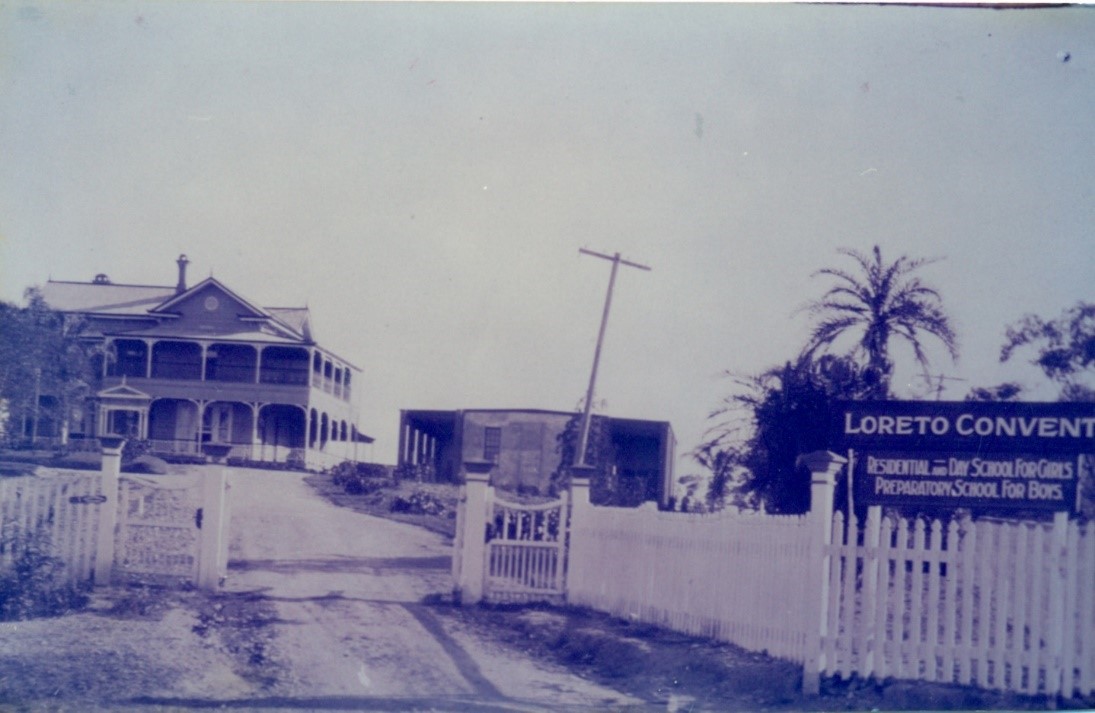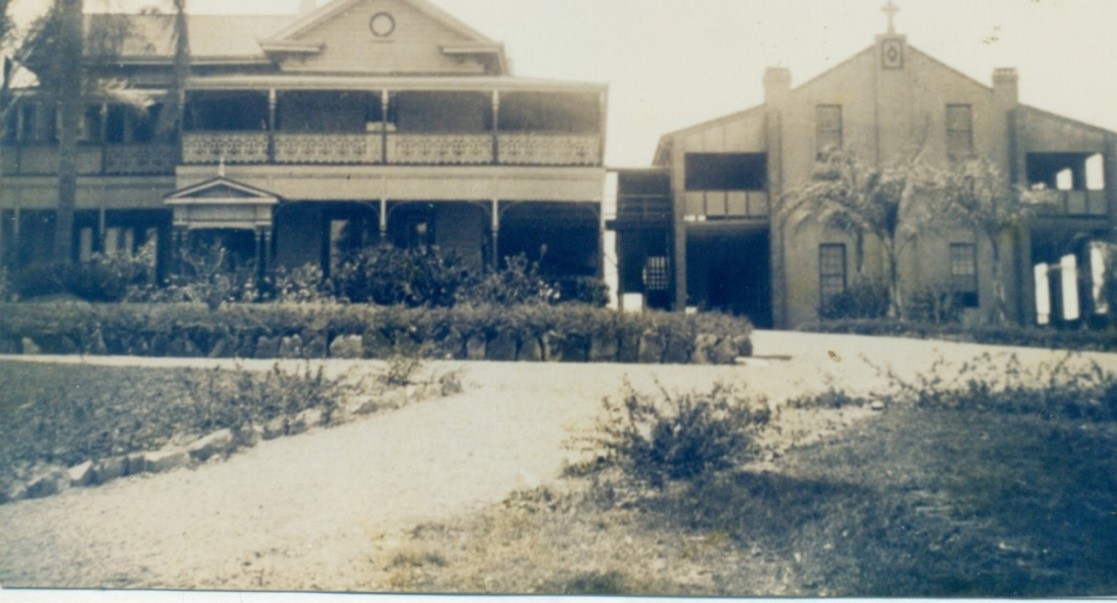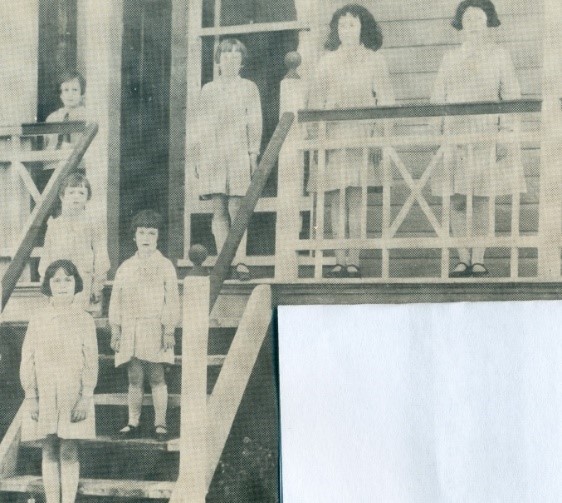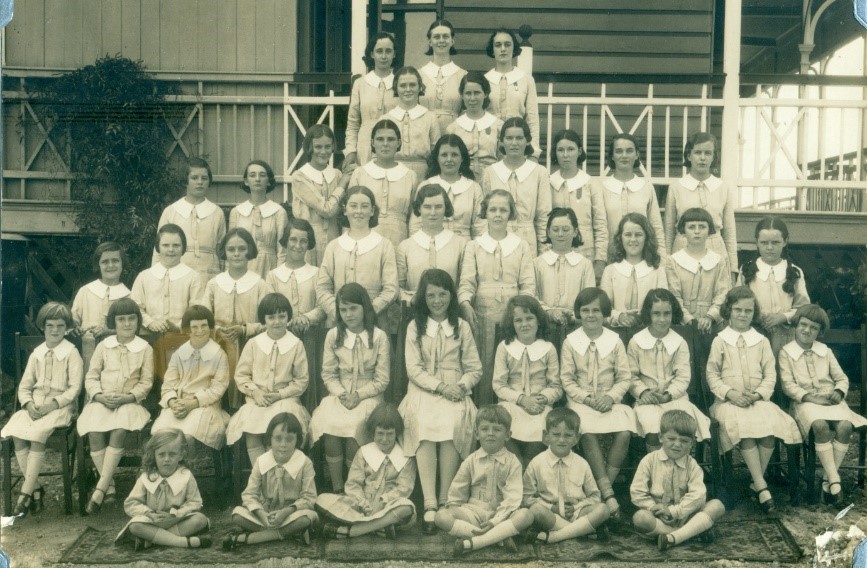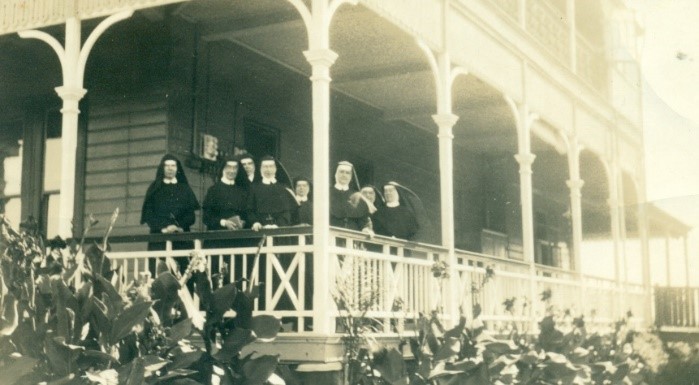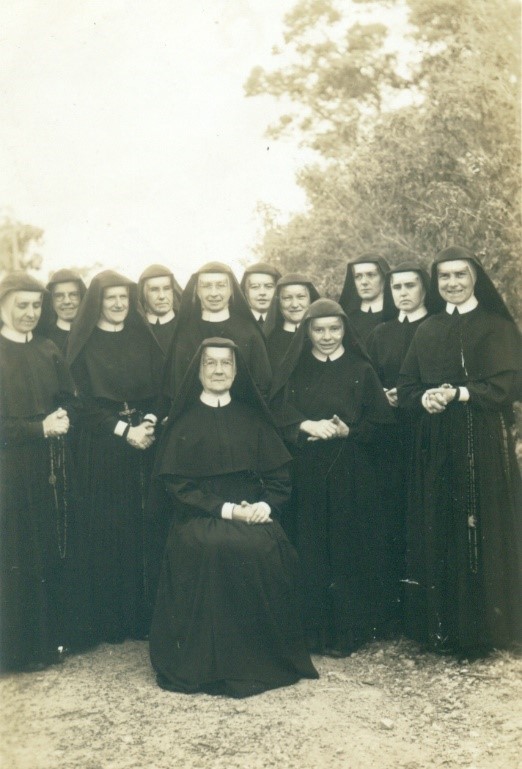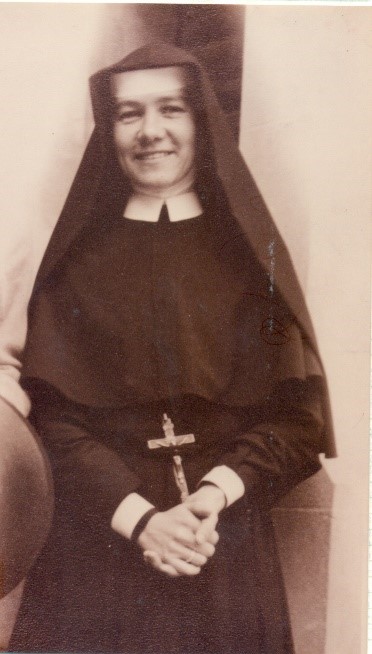 After the Loreto Sisters arrived in Australia, from Ireland, in 1875, they established schools in Ballarat, Portland, Melbourne, Sydney and Perth before coming to Brisbane in 1927 at the invitation of Archbishop James Duhig.
After the Loreto Sisters arrived in Australia, from Ireland, in 1875, they established schools in Ballarat, Portland, Melbourne, Sydney and Perth before coming to Brisbane in 1927 at the invitation of Archbishop James Duhig.
Loreto College students are in for a treat with the latest online craze: Nz Casino Online website. With the ability to access the excitement of a casino right from their own living rooms, Loreto College students can now indulge in a fun and interactive way to unwind after long hours of hitting the books.
The online casino offers a wide variety of games, from traditional poker and slot machines to more unique games such as keno and scratch cards. With near-instant payouts and the option to play with real money, NZ Casino Online is sure to become a popular destination for Loreto College students looking for a little bit of fun in their off time.
Six Loreto Sisters led by the Mother Provincial thus arrived to establish a convent at “Kemendine” in Cavendish Road, a significant two storey colonial home with wide verandahs, previously occupied by Colonel Edward Deshon, C.M.G., a British Officer of the 68th Light Infantry. Built in 1889, the impressive old house stood proudly on a commanding hillside site overlooking the lush green rolling hills of Coorparoo. The Deshon family lived here for almost 40 years before the property was sold. In February, 1928 the sisters opened their school in the old “Kemendine” home with eight pupils.
Loreto Brisbane has a unique and interesting fact as part of its capital development story– it once won the “Golden Casket” – a big prize in a State Lottery. This was in the early struggling days, which coincided with the world-wide depression of the late twenties. With the money from the windfall of the Casket ticket – given by a Past Pupil from South Australia –the first stage of a new two storey building began in 1930 to house a boarding kitchen, dining room and five classrooms. This building was completed in 1933 with the addition of a third floor. Today it is known as the Casket Building.
In 1942, with the threat of invasion by the Japanese from the north during World War II, nuns and boarders were evacuated to a disused grammar school at Glen Innes, N.S.W. where the school remained for two years. During these years Loreto Convent was used as a convalescent home for Australian Servicemen. The return of the school to Cavendish Road in 1944 meant much hardship and considerable readjustment after the wartime occupation by the troops.
During the 1970’s there were a number of significant changes that took place at Loreto: The phasing out of the Junior School, and thus the presence of Loreto boys, took place from 1972 to 1977 and the boarding school closed in 1979; The secondary school expanded to three streams and the original Deshon home was demolished due to rotting timber supports and floorboards. In 1974 the Loreto Sisters took over the Primary School of the Mount Carmel parish. This school had formerly been conducted by the Franciscan Sisters. From 1974 to1987, the Loreto Sisters proudly led this school with whom we still have many strong connections.


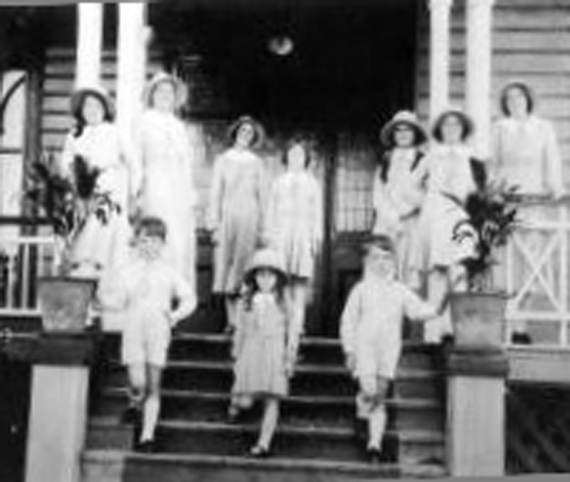 After the Loreto Sisters arrived in Australia, from Ireland, in 1875, they established schools in Ballarat, Portland, Melbourne, Sydney and Perth before coming to Brisbane in 1927 at the invitation of Archbishop James Duhig.
After the Loreto Sisters arrived in Australia, from Ireland, in 1875, they established schools in Ballarat, Portland, Melbourne, Sydney and Perth before coming to Brisbane in 1927 at the invitation of Archbishop James Duhig.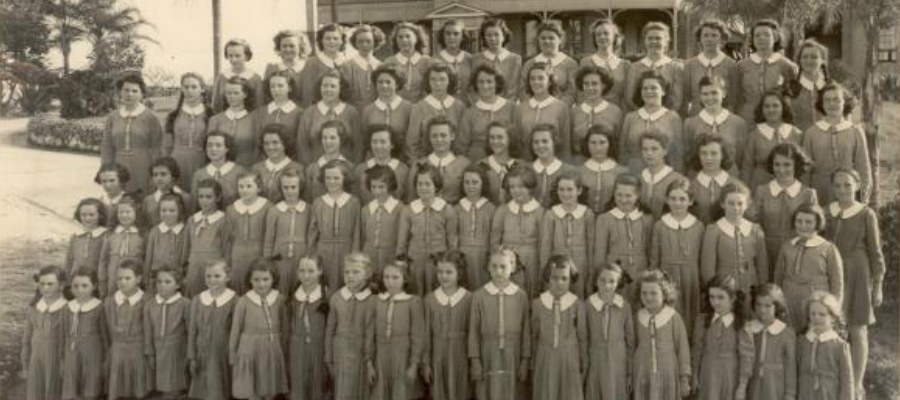
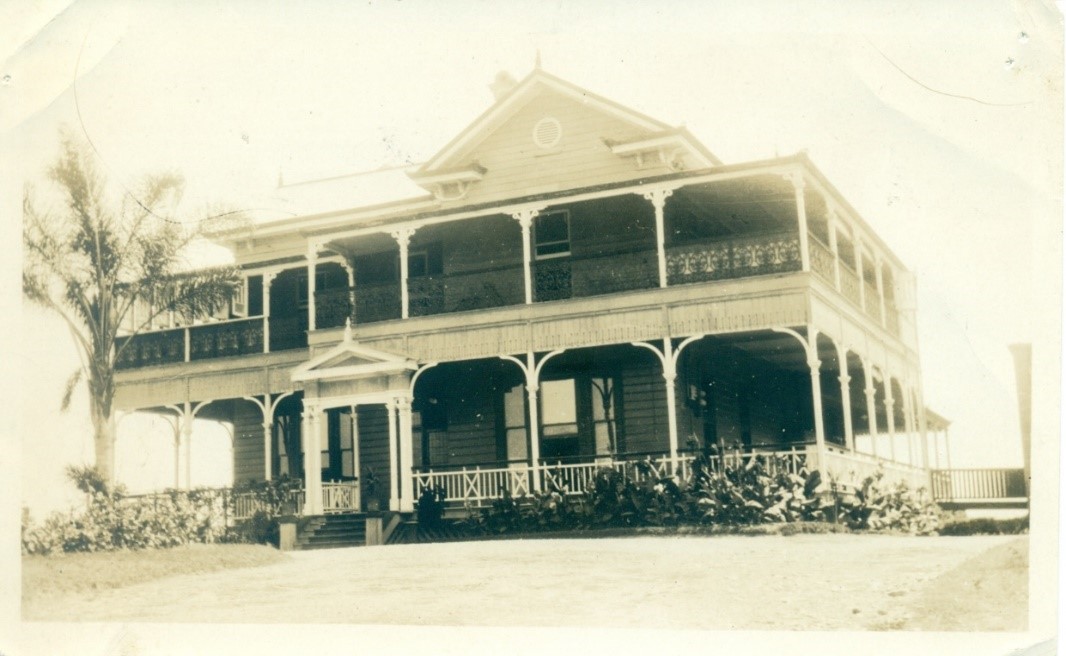
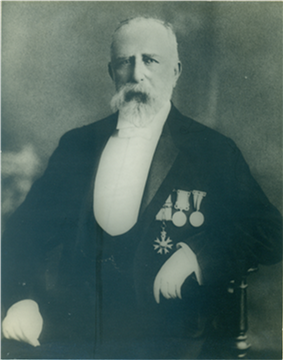 The original Loreto Coorparoo building, “Kemendine”, was built by Edward Deshon and his wife Emily Marion Sawyer in 1889. The house was sold to the Catholic Church three years after Edward’s 1924 death but the Deshon family connection with Loreto was maintained. There was a later Loreto purchase of another Deshon property on Cavendish Road, multiple inter-generational Deshon children attended Loreto and John Deshon, architect and a past pupil of Loreto junior school, designed the current Gonzaga Barry Building, including the Chapel. It was in honour of this ongoing connection that the 1994 redevelopment of the Loreto landscape fronting Cavendish Road was named the “Deshon Oval”.
The original Loreto Coorparoo building, “Kemendine”, was built by Edward Deshon and his wife Emily Marion Sawyer in 1889. The house was sold to the Catholic Church three years after Edward’s 1924 death but the Deshon family connection with Loreto was maintained. There was a later Loreto purchase of another Deshon property on Cavendish Road, multiple inter-generational Deshon children attended Loreto and John Deshon, architect and a past pupil of Loreto junior school, designed the current Gonzaga Barry Building, including the Chapel. It was in honour of this ongoing connection that the 1994 redevelopment of the Loreto landscape fronting Cavendish Road was named the “Deshon Oval”.